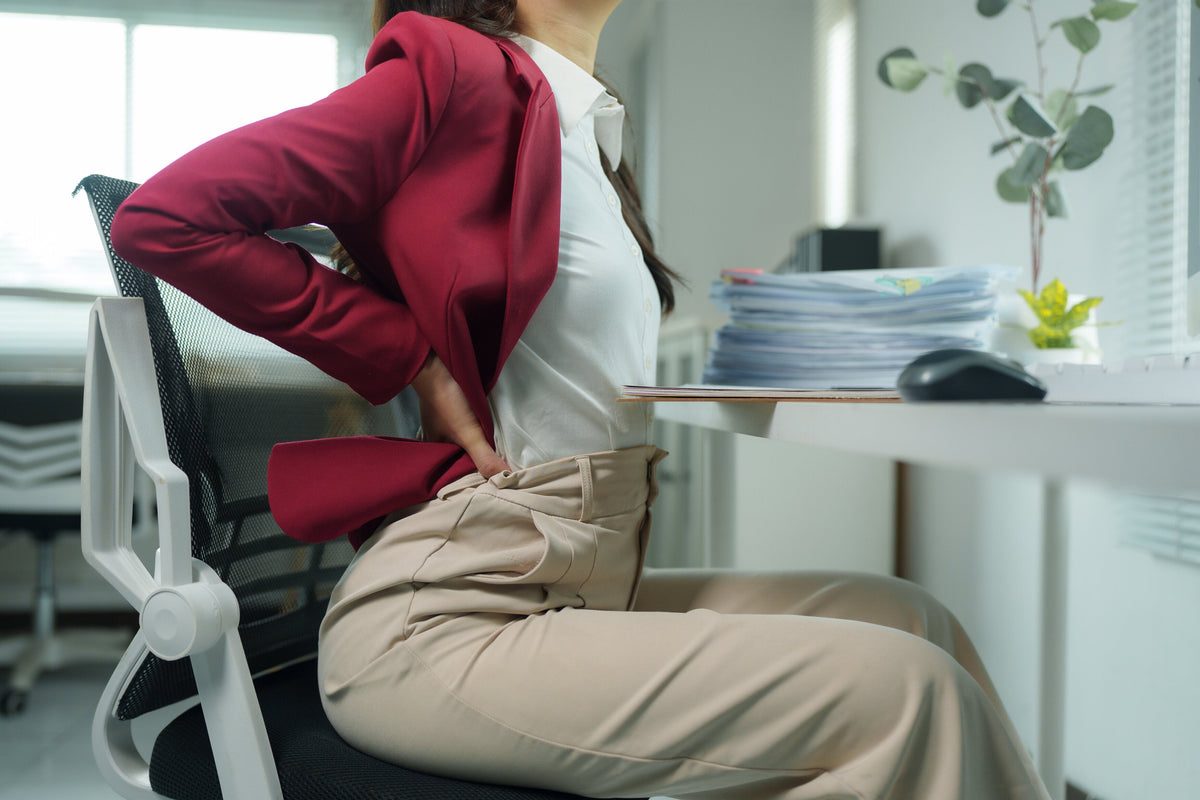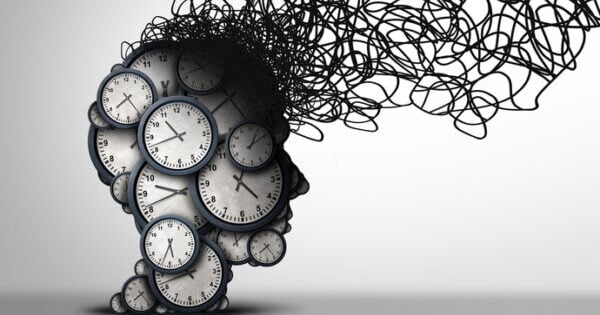
If you’re an office worker or remote professional spending hours behind a desk, chances are your back has felt the consequences. For those with a herniated disc, sitting all day can worsen discomfort and delay healing—unless you have the right setup and tools.
This comprehensive guide offers practical, science-backed advice on herniated disc treatment for desk workers, emphasizing ergonomic solutions and habits that protect your spine health every day.
💡 What Is a Herniated Disc and Why Is Sitting So Problematic?

A herniated disc occurs when the soft cushion between your spinal vertebrae slips or bulges out of place, pressing on nearby nerves. This can lead to:
Sitting—especially with poor posture—compresses the spine, increases pressure on the discs, and can worsen symptoms. That’s why targeted support is essential.
🔧 Ergonomic Solutions to Support Spine Health at Your Desk

✅ 1. Use a Memory Foam Seat Cushion and Lumbar Support
One of the most effective and immediate changes you can make? Switch to an ergonomic seat cushion. At BOD Support, our memory foam cushions are specifically designed to:
-
Relieve pressure on the tailbone and lower back
-
Promote natural spinal alignment
-
Reduce fatigue and improve posture
Pair this with a lumbar support pillow to fill the natural curve in your lower back and maintain correct alignment all day.
🪑 Pro Tip: Your hips should be slightly higher than your knees to keep your spine in a neutral position.
✅ 2. Set Up Your Desk for Disc-Friendly Posture

Proper workstation setup is key to preventing strain. Here’s how to create a back-friendly desk environment:
-
Chair: Adjustable height with firm support. Add a cushion if needed.
-
Monitor: Top of the screen at eye level, about an arm’s length away.
-
Keyboard/Mouse: Close to your body so your elbows stay at 90°.
-
Feet: Flat on the floor or supported by a footrest.
✨ Good ergonomics don’t just help your back—they reduce fatigue, improve focus, and boost productivity.
🔁 3. Practice the 30–30 Rule: Sit for 30, Move for 30 Seconds

Even with the best setup, prolonged sitting isn’t ideal. Try this strategy:
Every 30 minutes, take 30 seconds to:
-
Stretch
-
Stand up
-
Roll your shoulders
-
Walk to the water cooler
These short, frequent breaks improve circulation and give your spine a rest from compression.
🧘♀️ 4. Incorporate Desk-Friendly Stretches for Relief

Simple movements can go a long way in your herniated disc treatment. Add these to your daily routine:
-
Seated knee-to-chest stretch
-
Spinal twists (gently!)
-
Cat-cow motion from a seated position
-
Wall-supported standing hamstring stretches
Always stretch slowly and stop if you feel sharp pain. Consult a physical therapist if unsure.
🥗 5. Support Healing with Healthy Lifestyle Choices

Your sitting habits are just one piece of the puzzle. Combine ergonomic support with other lifestyle adjustments for faster recovery:
-
Stay hydrated to maintain disc fluidity
-
Eat anti-inflammatory foods (leafy greens, berries, turmeric)
-
Get enough sleep—your body heals during rest
-
Manage stress, as tension can aggravate back pain
💻 Work Comfortably—Without Compromising Your Spine
With smart habits and the right tools, herniated disc treatment for desk workers doesn’t have to involve discomfort or disruption. A proactive approach—including daily stretches, better posture, and reliable ergonomic solutions—can drastically improve your quality of life and long-term spine health.
🛒 Support Your Spine the Smart Way
At BOD Support, we design memory foam cushions and back supports with your health and comfort in mind. Whether you’re at the office, in your home workspace, or on the go—your spine deserves support.
Disclaimer: This story is auto-aggregated by a computer program and has not been created or edited by healthlydays.
Publisher: Source link











